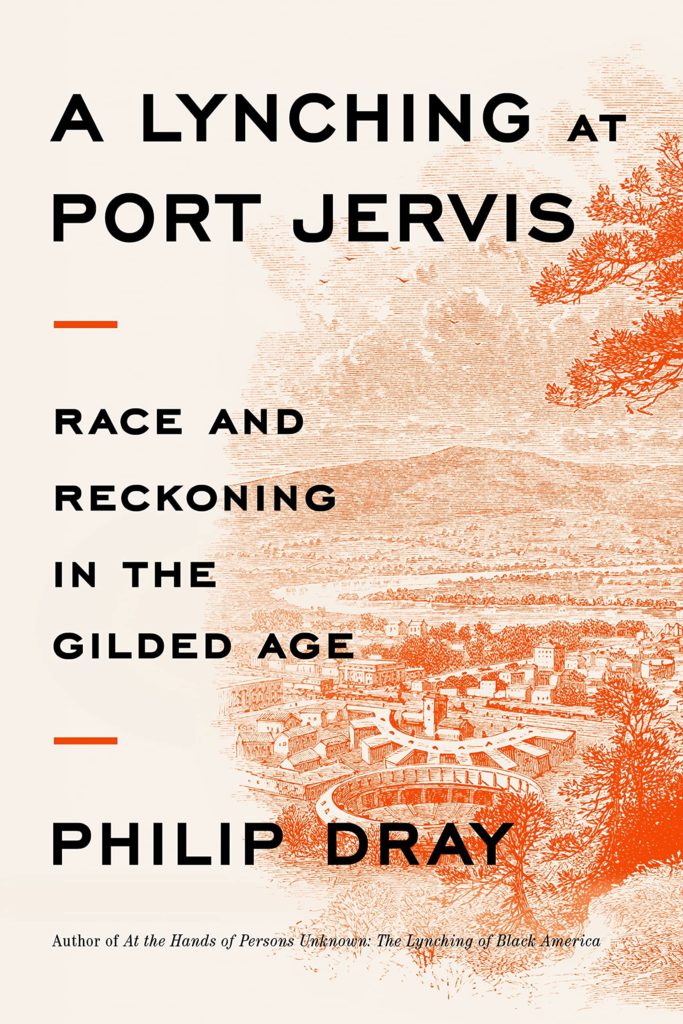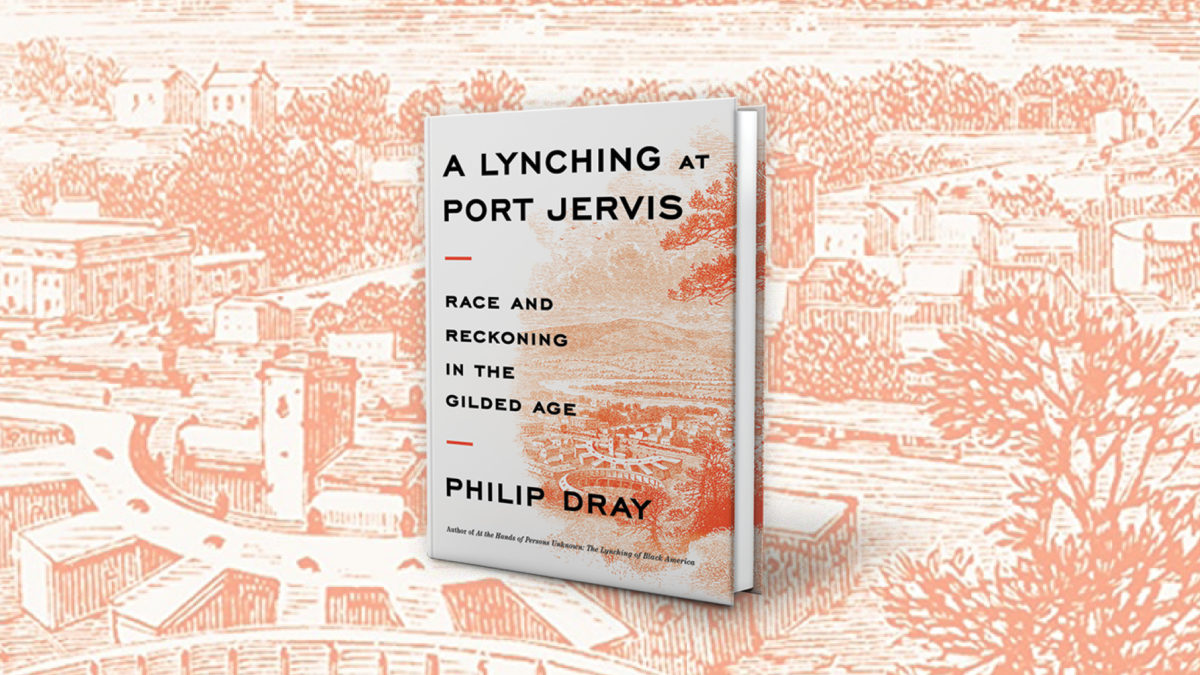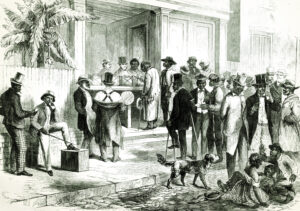On February 23, 2022, New York Governor Kathy Hochul announced placement of plaques memorializing Robert Lewis and Robert Mulliner, Black men lynched in the New York towns of Port Jervis and Newburgh in the late 1800s. Philip Dray’s timely “A Lynching at Port Jervis” tells Lewis’s story. He was accused of assaulting Lena McMahon, a white woman, on June 2, 1892, on the banks of the Neversink River. Several white Port Jervis residents sought to ensure Lewis’s trial by due process, but that night a mob seized, tortured and hanged him from a tree in the front yard of a white judge, who also attempted to intervene.
That a horror generally associated with the Jim Crow South happened in a northern railroad town was shocking. More shocking were efforts by Port Jervis residents to befog the guilt of those “persons unknown” behind the gang murder and to erase the lynching from collective local memory. A transcript of the coroner’s public inquest into Lewis’s death vanished and remains missing. In keeping with the times, authorities sought and recorded little input from contemporaneous Black sources. Nevertheless, making use of robust national and local press coverage and personal recollections, Dray weaves a compelling narrative.
“A Lynching” is as much an analysis of Port Jervis and its people as of lynching as mob “justice.” Dray flatteringly describes the town’s social strata and key figures, including the alleged victim, her parents, and her paramour, who may have conspired in the alleged assault. The author also chronicles how literary luminaries Ida B. Wells and Stephen Crane tried to spotlight the town’s hidden shame.
The book has nits. Illustrations often go unexplained, sending the reader repeatedly to the index. A Lynching would have benefited from more detailed maps of the Delaware & Hudson Canal, pertinent rail lines, regional topography, and the ostensible and actual crime scenes. “A Lynching at Port Jervis” is a fast-paced account of a terrible episode and how an American town buried the crimes. Dray portrays the atrocity early, then sifts the evidence and the suspects toward a coroner’s inquest and two grand jury reviews, in the mode of an episode from a steampunk version of “Law & Order” — except that in television procedurals evildoers usually come to grief. In the Port Jervis of the 1890s, the persons unknown who slew Robert Lewis evaded justice.
This book review appeared in the Autumn 2022 issue of American History magazine.

A Lynching at Port Jervis: Race and Reckoning in the Gilded Age
By Philip Dray
Farrar, Straus and Giroux, 2022
This post contains affiliate links. If you buy something through our site, we might earn a commission.
historynet magazines
Our 9 best-selling history titles feature in-depth storytelling and iconic imagery to engage and inform on the people, the wars, and the events that shaped America and the world.






